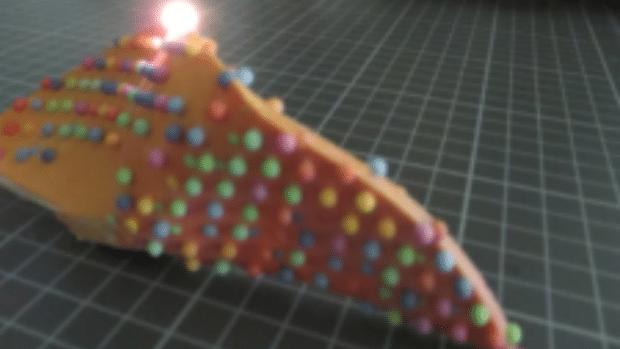3D printing can be considered an art if we take into account the designing and creativity that goes into making 3D printed object. So can we conserve a 3D printed object? The traditional artwork is made of wood, metal, or stone. Ways have been devised over the years to conserve these art forms. But will 3D printed objects stand the test of time?
Researchers at the UCL institute of Heritage art at the University College of London are working on how to preserve 3D printed objects. They have teamed up with Tom Lomax, an engineer aka artist to research on this subject. For this purpose, Lomax has designed an ’Out of Cauldron’, a digital alchemy, which is completely 3D printed and can be downloaded for free.
The tests were performed on creating the ’Out of Cauldron’ using different materials to test their strength. It was discovered that many of the materials used by artists to create 3D printed products were breakable and would not survive for long years.
NANORESTART is a project of nanotechnologies and contemporary art, funded by the Horizon 2020, a mammoth EU Research and Innovation program. NANORESTART is aimed at preserving the modern form of art. Various art conservation methods, like a sunblock type of coating to help protect artwork from the fatal effects of sunlight, are being incorporated. Lomax’s ‘Out of the Cauldron’ also feature sin NANORESTART. Carolien Coon, the lead researcher at the UCL Institute for Sustainable Heritage, is currently working on this project.
Researchers at the UCL and the Victoria & Albert Museum will exchange ideas for digital art preservation. A yearlong ‘Design with Heritage’ Initiative by the Arts and Humanties Research Council (AHRC) was conducted for conservation efforts of art pieces. The paper ‘Preserving Rapid Prototypes: A Review’ was published this week in Heritage Science by the UCL team, It includes open access to Lomax’s artwork which can be downloaded for free.
Source: 3dprint.com
